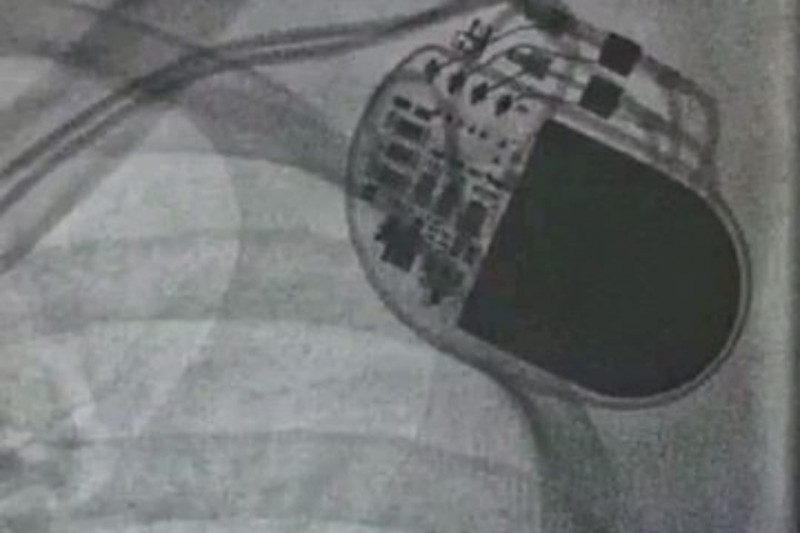Tangerang (ANTARA) – Consultant Cardiologist and Blood Vessel Arrhythmia Consultant and Consultant Interventional Cardiologist Eka Hospital BSD, Ignatius Yansen, stated that a pacemaker serves as a backup if a person’s heart rate is too slow and can last 8-15 years, depending on usage.
“If the heart rate is normal this device will not work. Therefore, the generator battery will run out faster in patients who depend entirely on this device and the battery must be replaced,” said dr. Ignatius Yansen in his official statement in Tangerang, Thursday.
He explained that with increasing age, there will be a decrease in the quality of generators and power lines which are in charge of delivering electrical impulses. This causes the heart rate to slow down, below 60 beats per minute.
Also read: Surabaya public facilities are equipped with pacemakers
If this disorder is severe enough, the pulse will be very slow and the heart will not be able to pump blood to the vital organs in the body, so that it will cause symptoms in the sufferer such as fatigue, dizziness, and fainting. In more severe cases, complaints can include chest pain, shortness of breath, to stroke.
When this happens, a device called a pacemaker is needed. A pacemaker consists of a generator that is implanted under the skin of the chest wall and a cable that conducts electricity from the generator to the heart which helps the patient’s heart to beat normally.
The pacemaker installation process is carried out in a special room, namely the cardiac catheterization room with the help of a fluoroscope to ensure the location and placement of the generator and leads (cables).
“This procedure is a minimally invasive procedure and is mostly done under local anesthesia in the right or left chest wall,” said Yansen, who is the Proctor for the installation of a permanent pacemaker in Indonesia.
The man who is active as an Electrophysiologist and Interventional Cardiologist at a referral hospital with more than 100 cases of ablation in one year said that most diseases occur in the elderly, but there are also congenital abnormalities suffered by younger patients, requiring the installation of a pacemaker. this.
Also read: Stable condition, conditions for heart disease patients to get COVID-19 vaccination
Also read: Know the risk factors for congenital heart disease in children from an early age
Thus, if there are parents who experience similar complaints, it may be possible to have a slow heart rate checked by palpating their pulse. “If the pulse is below 60 or even lower it may require the installation of a pacemaker,” he said.
He said the heart is an organ the size of a fist that acts as a pump. For 24 hours, the heart will pump blood to all organs in the body to provide oxygen and food needed by the body. The heart is an organ that never stops working from four weeks of gestation until a person breathes his last.
The heart is also a special organ, because it has its own electrical installation. There is a group of cells in the right atrium that functions as a generator that makes the heart beat 60-100 times per minute at rest and the average heart rate per day is 100,000 times in 24 hours.
Electrical impulses from this generator will be flowed through electrical pathways, so that the entire heart will beat in a coordinated manner to pump oxygen-rich blood to organs throughout the body.
Regarding heart disease, he said one of the things that could happen is when the heart beats too slowly than normal limits. There are various ways of dealing with heart problems, ranging from minimally invasive measures to surgery, one of which is the installation of a pacemaker.
Reporter: Achmad Irfan
Editor: Endang Sukarelawati
COPYRIGHT © ANTARA 2021
–


